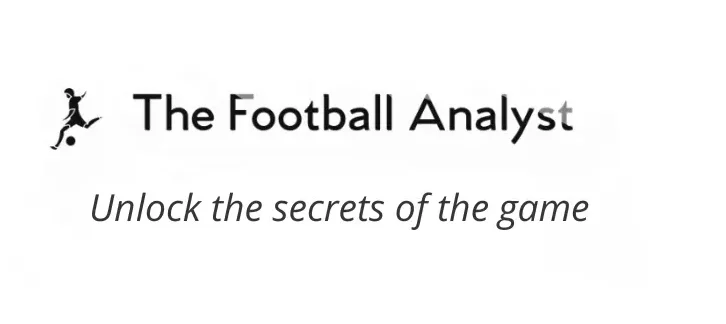The upcoming expanded FIFA Club World Cup is not just another football tournament — for South African and African clubs, it’s a once-in-a-generation game-changer. It’s a golden gateway to bridge the long-standing gap between African football and the European giants who have dominated the global stage for decades.
For too long, African clubs have produced world-class talent without receiving the global spotlight or financial backing to match. That narrative is set to change.
A Financial Lifeline
Participation in the FIFA Club World Cup promises unprecedented financial returns. African clubs that qualify could bank millions in prize money, sponsorship deals, and increased media rights. This injection of capital could supercharge player development, upgrade training facilities, and improve infrastructure — areas where African clubs have traditionally lagged behind their European counterparts.
This isn’t just about one-time prize money. It’s about long-term sustainability. Imagine South African clubs no longer selling their top talent prematurely just to stay afloat. Imagine keeping the best players, nurturing them, and building dynasties that can challenge the very best in Europe and South America.
Closing the Gap with Europe
With consistent participation, African clubs could gain exposure to elite-level tactics, sports science, and club management strategies. The Club World Cup could become a tactical classroom for African teams — facing Real Madrid, Manchester City, or Flamengo means more than just a game. It’s an education.
These matchups will push African coaches and players to evolve rapidly. Just as Japan’s football exploded after years of international exposure, Africa’s time is coming — and it starts now.
South Africa Leading the Charge
South Africa is uniquely positioned to lead this charge. Coach Hugo Broos has reinvigorated Bafana Bafana, guiding them to a strong AFCON showing and restoring belief in the national project. His no-nonsense approach, focus on discipline, and smart tactical play are making South Africa competitive again.
At club level, Mamelodi Sundowns have become a continental powerhouse. Their high- possession, tactically disciplined brand of football is a breath of fresh air — a clear sign that South African clubs can compete at a global level. With the right investment and preparation, Sundowns could be the first African team to make a deep run in the Club World Cup — not just to participate, but to challenge.
Tactical Identity: The Rise of “Shoe Shine & Piano”
What makes Sundowns truly special is not just their dominance, but how they dominate. Their unique attacking style — locally known as “Shoe Shine & Piano” — blends tactical brilliance with cultural flair. This style revolves around:
- Quick, sharp, short passes on the ground
- Intricate combinations in tight spaces
- Fluid positional rotations and intelligent movement
- Patience in possession followed by sudden bursts into attacking zones
This philosophy mirrors elements of Spanish tiki-taka and Dutch Total Football, but it’s authentically African in rhythm and energy. Where tiki-taka may prioritize sterile domination, Shoe Shine & Piano adds soul — mixing discipline with improvisation, and structure with flair.
Sundowns don’t just play football. They perform it. Midfielders interchange fluidly, fullbacks invert into midfield, and the wingers stretch or collapse space depending on the phase. There is a clear understanding of zones, tempo, and when to accelerate or slow the game.
Tactical Flexibility: Formations to Face the World’s Best
In a global tournament like the FIFA Club World Cup, tactical flexibility is non-negotiable. Sundowns already show the kind of intelligence that would allow them to compete against the biggest names. Some of their most common and adaptable formations include:
4-3-3: Their default attacking shape, ideal for controlling possession and width. This system allows for high pressing, midfield overloads, and quick transitions — perfect against teams that like to dominate the ball.
4-2-2-2 / Box Midfield: Seen in some CAF Champions League matches, this shape gives them central dominance with two 6s and two 10s — mirroring what teams like RB Leipzig and Man City have used.
3-4-3 or 3-5-2: When facing stronger opposition, Sundowns often switch to a back three to build up play safely and protect the middle of the park. Their wing-backs provide attacking width while still ensuring defensive solidity — a system used effectively by Chelsea and Inter Milan in recent years.
4-1-4-1: When control of midfield is needed against high-tempo teams, Sundowns drop into a 4-1-4-1 shape — offering a single pivot to recycle possession and four energetic midfielders ahead to press or create.
The key to Sundowns’ success is not the formation itself, but the clarity of roles, ball speed, and cohesive movement. Their tactical awareness, combined with African flair, gives them a unique edge in adapting to high-level opposition.
A Wake-Up Call and an Invitation
This tournament is more than just a competition — it’s a wake-up call for the continent to take itself seriously in football. It’s an invitation to build stronger leagues, smarter academies, and better financial models. African football has always had the talent. Now, it has a stage. The world will be watching.
The FIFA Club World Cup could be the rocket fuel African football has been waiting for. South Africa, with its infrastructure, tactical evolution, and rising confidence, could lead this new revolution. The dream is no longer far-fetched: African clubs lifting global trophies, backed by thriving domestic leagues.
And it starts now.
